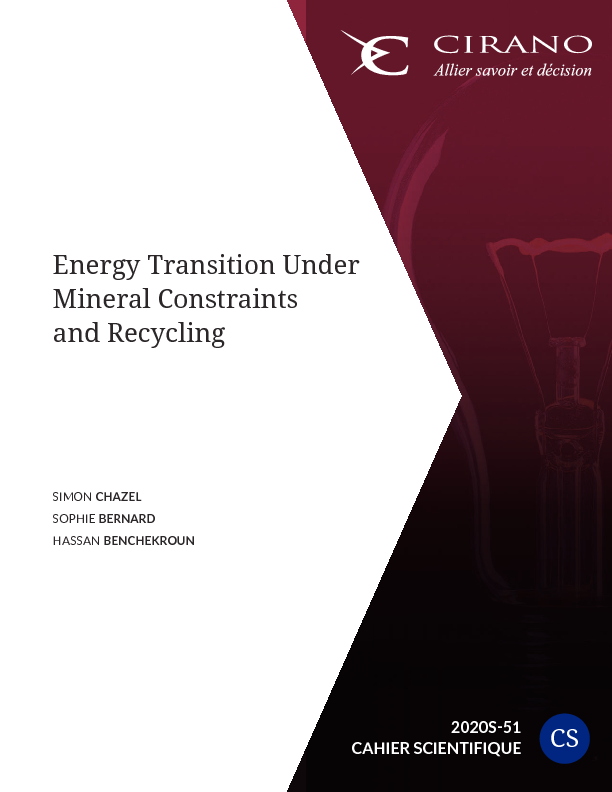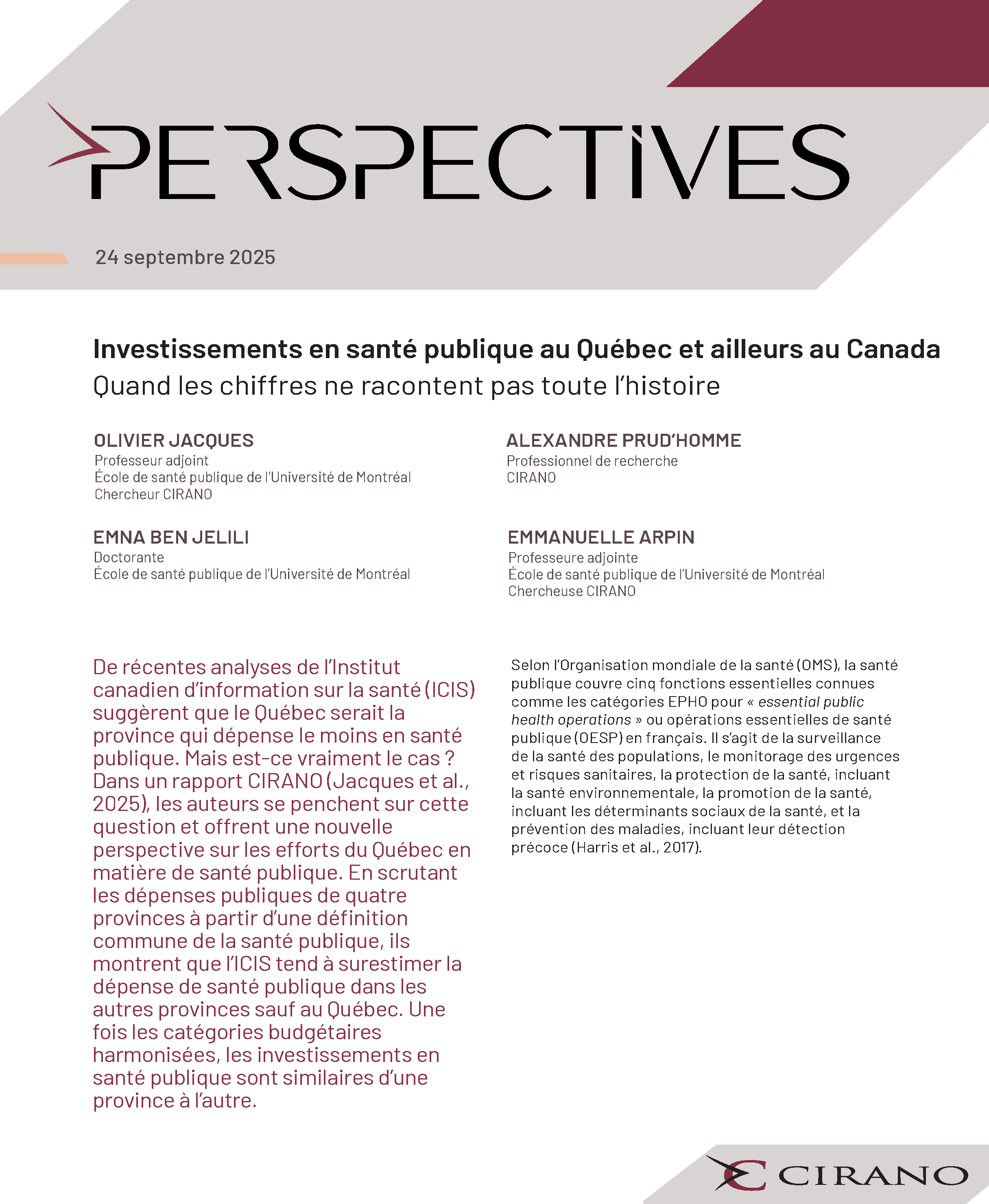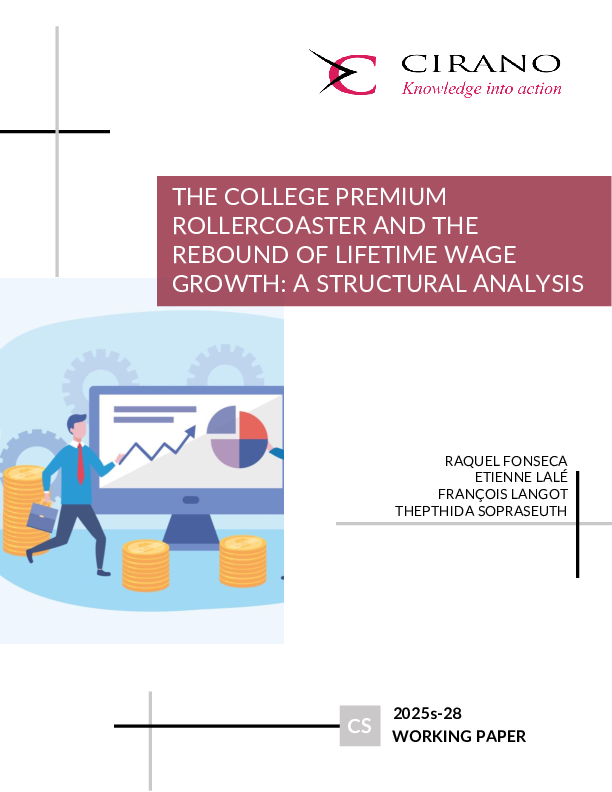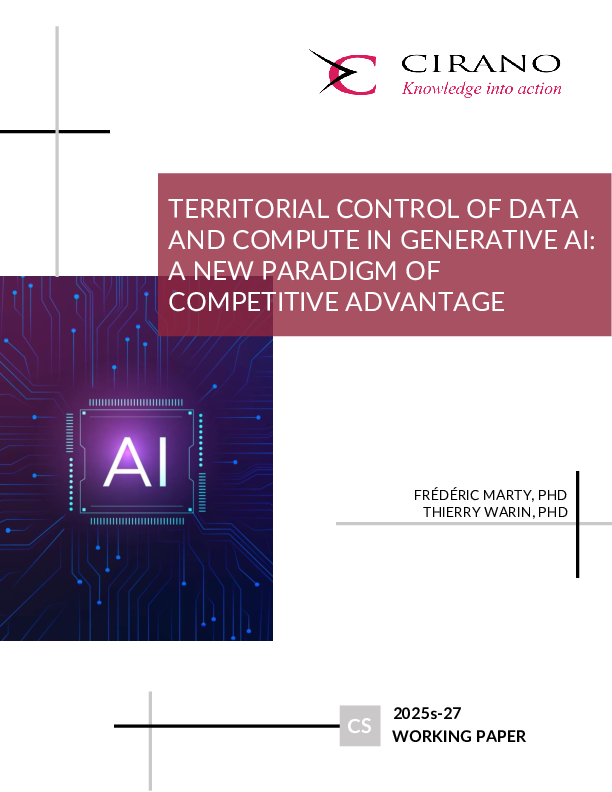Energy Transition Under Mineral Constraints and Recycling
What are the consequences of primary mineral constraints on the energy transition? Low-carbon energy production uses green capital, which requires primary minerals. We build on the seminal framework for the transition from a dirty to a clean energy in Golosov et al. (2014) [9] to incorporate the role played by primary minerals and their potential recycling. We characterize the optimal paths of energy transition under various scenarios of mineral constraints. Mineral constraints limit the development of green energy in the long run: low-carbon energy production eventually reaches a plateau. We run our simulations using copper as the limiting mineral and we allow for its recycling. In all our scenarios, we find that allowing for mineral recycling delays by 40-60 years the plateau of green capital. After five to six decades, green energy production is 50% lower than in the benchmark model. GDP is 3-8% lower than in the infinite mineral scenario after 30 decades.




